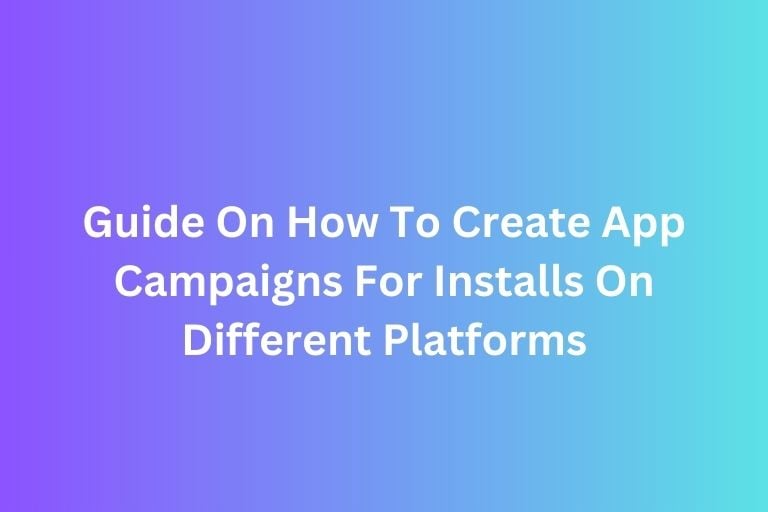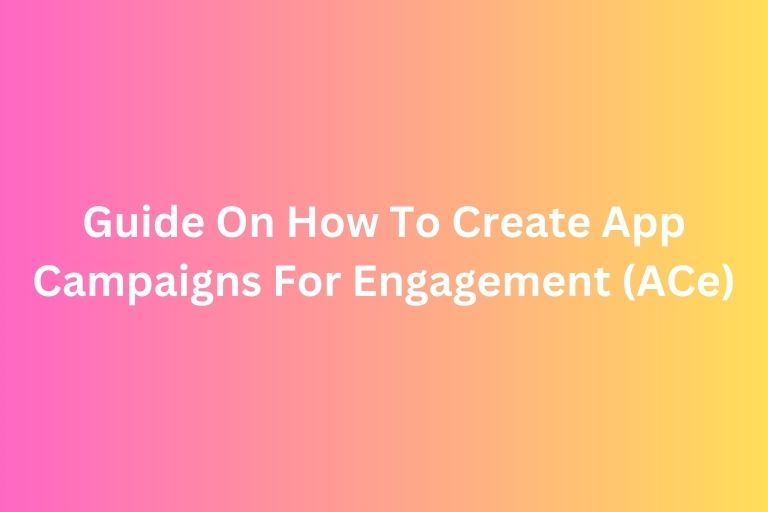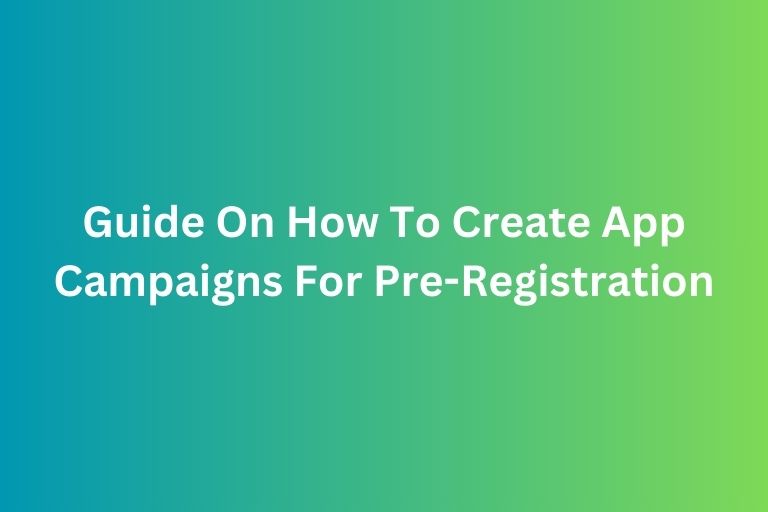Creating your first display ad is an exciting way to expand your digital marketing toolkit and build brand awareness. Display ads differ from search ads because they are more visual and can reach people as they browse websites, apps, or videos rather than searching for specific terms. Here’s a beginner-friendly guide to walk you through creating display ads on Google Ads!
What is a Display Ad?
Display ads are eye-catching, image-based ads that appear across the Google Display Network, which includes millions of websites, apps, and even YouTube. These ads are ideal for brand awareness, attracting attention with visuals, and reaching potential customers who might not yet know they need your product or service.
Set Up Your Google Ads Account
If you’re new to Google Ads, head over to Google Ads and click “Start Now.”
Follow these steps:
- Sign in with your Google account (or create one if you don’t have it yet).
- Enter your business details and billing information. Don’t worry—Google only charges you when someone clicks your ad or if your budget reaches a daily limit you set.
Choose Your Campaign Goal
Start by choosing a goal for your campaign. Display ads can work for several types of goals, like:
- Brand awareness and reach (getting your brand seen by as many people as possible)
- Website traffic (encouraging people to click and visit your site)
- Leads (collecting potential customer contact information)
For your first display ad, Brand awareness and reach is often a great starting goal to help you spread the word.
Select ‘Display’ as Your Campaign Type
After choosing your goal, Google will prompt you to select a campaign type. Choose ‘Display Network’. This network will distribute your ads across millions of websites and apps, maximizing visibility.
Define Your Audience Targeting
One of the best things about display ads is the targeting options that let you reach the right audience. Here’s what you can define:
- Location: Choose specific geographic areas, from countries to cities.
- Demographics: Specify age, gender, and household income to match your ideal customer profile.
- Interests and Habits: Google can target users based on their browsing habits, like "Foodies," "Tech Enthusiasts," or "Outdoor Adventurers." This can be a powerful tool to narrow your reach.
- Custom Audiences: You can even define custom audiences based on keywords or specific websites they’ve visited.
For example, if you’re selling eco-friendly outdoor gear, you might target young, active individuals interested in “Sustainability” or “Outdoor Recreation.”
Continue reading: How To Know Your Target Audience For Paid Advertising
Set Your Budget
With display ads, you control your ad spend by setting a daily budget. A good place to start is $5–$10 per day until you get a feel for how your ads perform. Don’t worry—Google won’t exceed your daily limit.
- Tip: Display ads are usually less expensive than search ads since they’re aimed at brand awareness rather than direct search intent. Starting small is fine!
Create Ad Formats
Display ads come in various formats, including responsive ads and static image ads.
- Responsive display ads: These ads automatically adjust in size, appearance, and format to fit different placements. You upload images, logos, headlines, and descriptions, and Google combines them to create the best ad for each space.
- Static image ads: These are fixed ads you design yourself and upload. While they don’t adjust automatically, they allow for total control over the design.
For beginners, Responsive Display Ads are a great starting point—they’re quick to set up, and adaptable to different placements, and Google’s algorithms work to show the best-performing combinations of your assets.
Add Creative Assets for Responsive Display Ads
For responsive display ads, you’ll need to upload the following:
- Images: Choose high-quality, visually appealing images that represent your product or service. You can upload multiple images so Google can try different combinations. Make sure to include your logo for brand consistency!
- Headlines (up to 5): These are short, punchy statements about your product, like “Eco-Friendly Outdoor Gear” or “Shop Sustainable Apparel.”
- Descriptions (up to 5): A bit longer than a headline, your description should explain what you offer or why someone should care. Example: “Explore eco-friendly gear designed for adventurers.”
- Business name: Add your business name so people can immediately recognize your brand.
Google will mix and match your headlines, descriptions, and images to optimize the best-performing versions for different viewers.
Set Your Bid Strategy
Display ads often use a bidding model called CPM (cost per thousand impressions), meaning you pay a set amount for every thousand times your ad is shown. You can also choose CPC (cost per click), where you’re only charged when someone clicks.
- Smart Bidding Options: Google offers bidding strategies like “Maximize Conversions” to help optimize for clicks or conversions, depending on your campaign goal.
Starting with automated or “Smart” bidding can simplify this step, allowing Google’s system to optimize for you.
Launch Your Campaign
Once your targeting, budget, and ad assets are ready, it’s time to hit ‘Publish’! Your ads will now begin appearing across the Google Display Network based on your targeting and budget.
Monitor and Optimize
As your display campaign runs, keep an eye on its performance in Google Ads. Here’s what to track:
- Impressions: How many times your ad is shown. High impressions mean your ad is getting visibility.
- Clicks: How many people are interacting with your ad. If clicks are low, consider revisiting your images or headlines.
- Click-through rate (CTR): A percentage that shows how often people clicked on your ad after seeing it. A low CTR might indicate that your ad creative isn’t engaging enough for the audience.
- Conversions: If you’re tracking actions like sign-ups or sales, conversions show how effective your ad is at driving results.
Based on these metrics, you can adjust your ad’s targeting, budget, or creativity to improve performance.
Tips for Success
- Test different visuals. Sometimes even a slight change in colors or image can make a big difference in CTR.
- Experiment with targeting. Try refining demographics, interests, or even testing custom audiences to see what resonates best.
- Stay consistent with your branding. Make sure your logo, colors, and messaging are consistent, as this helps build brand recognition.
With these steps, you’re well on your way to launching your first display ad campaign.
Remember, display ads are about building awareness and reaching people who might not know about you yet—so keep it friendly, engaging, and visually appealing.
Boost Your Business with Professional Paid Advertising Services from FoxAdvert! Contact Us Today to Get Started!











